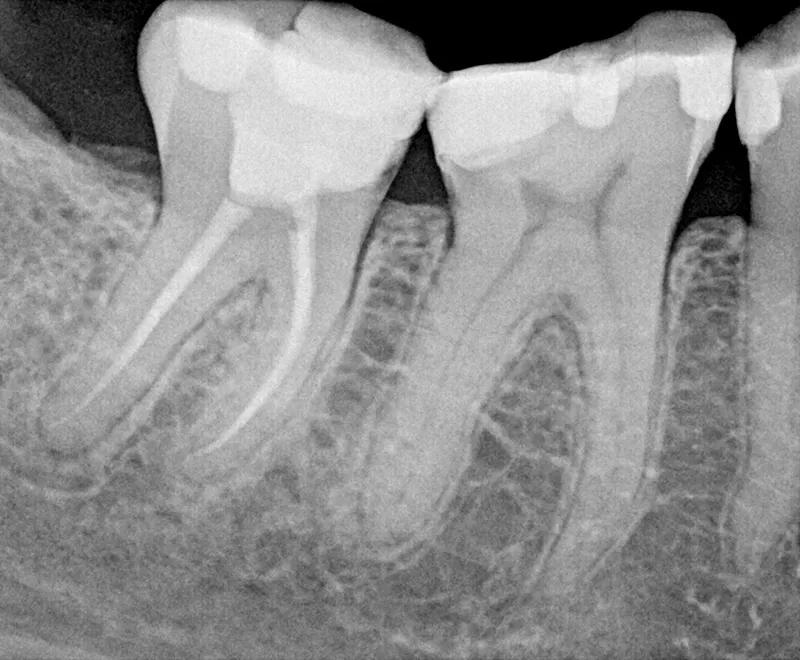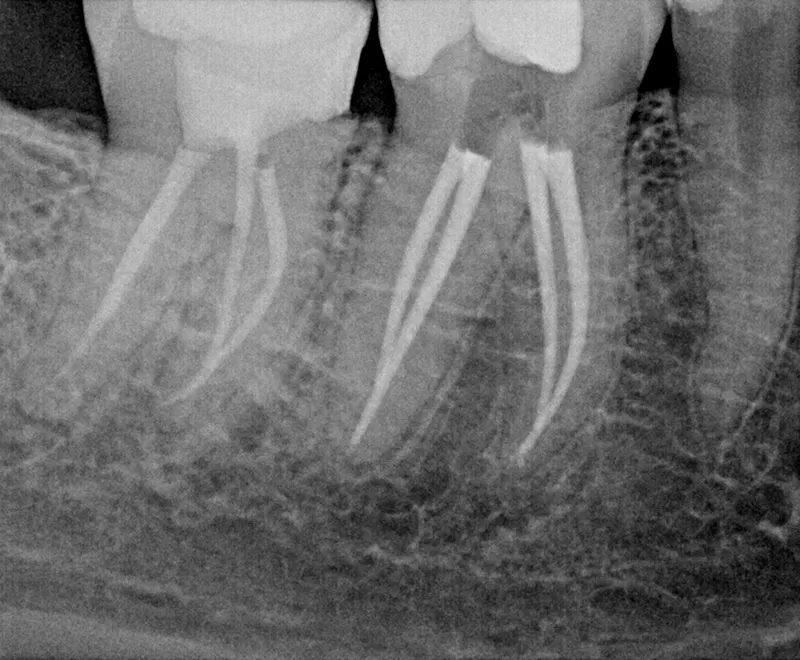Root Canal Treatment
Root canal treatment can effectively save a tooth that might otherwise need to be extracted due to severe infection or damage. It allows the tooth to remain functional and pain-free, providing both health and aesthetic benefits.

What is a root canal treatment?
A root canal is a dental procedure used to treat infection or damage within the tooth’s pulp—the soft tissue inside the tooth that contains nerves, blood vessels, and connective tissue. The root canal procedure cleans out the infected pulp, disinfects the root canals, and seals the tooth to prevent further infection. The goal is to save the tooth rather than extract it.
Benefits of a root canal
Preserves the natural tooth
A root canal allows the tooth to be saved, maintaining natural function and appearance. A root canal helps keep the tooth intact, preventing the loss of the tooth and avoiding the need for replacement options like implants or bridges.
Pain relief
It eliminates the source of infection and inflammation, providing relief from pain caused by an infected or abscessed tooth.
Prevents spread of infection
By removing the infected pulp, a root canal stops the infection from spreading to the surrounding tissues, bone, or other teeth.
Restores normal chewing and biting
After the root canal and restoration, the tooth functions normally for chewing and biting.
Cost-effective
Saving the tooth with a root canal is often less expensive in the long term compared to tooth extraction followed by placement of an implant or bridge.

Before

After
Steps in performing a root canal
1 Anesthesia
Local anesthesia is administered to completely numb the area around the affected tooth. This ensures that you will not feel any pain during the procedure.
2 Removal of infected pulp
Your dentist will isolate the tooth with a rubber dam and make an opening through the top of the tooth. Using specialized instruments, the dentist removes the infected or damaged pulp tissue from the pulp chamber and root canals.
3 Cleaning and disinfection
The root canals are thoroughly cleaned and shaped using small files to remove any debris or bacteria. An antibacterial solution is used to disinfect the canals to ensure the removal of all infection.
4 Filling the canals
Once the canals are cleaned and disinfected, they are filled with a special biocompatible material to seal the canals and prevent future infection. A temporary filling may be placed to seal the access hole in the crown until a permanent restoration is done.
5 Sealing and restoration
In most cases, a tooth that has undergone a root canal will need a crown or other permanent restoration to protect it from fractures and restore its function. Your dentist may place a temporary crown until the permanent crown is ready.
6 Follow-up
Your dentist may schedule a follow-up visit to ensure the tooth is healing properly. X-rays may be taken to check for successful treatment.